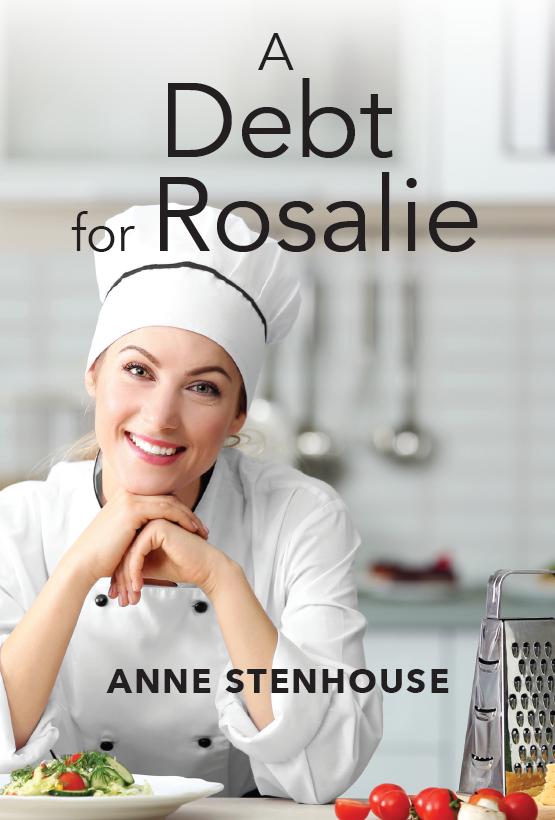
Maybe it’s a follow-on from the Hallowe’en mindset but in November Rhobin has asked us about our flawed or evil characters. How did they become that way? What part do they have in the story and what will become of them?
The tapestry of life from which we draw our material and re-work it into fiction is rich and varied. Therefore, the characters we create must also be rich and varied. If everyone in a story was of exemplary character how boring would it be? If noone in a story met the challenge of a flawed or evil opposition how could we show (beloved of editors – showing) the protagonists at their best.
When does natural perverseness become a flaw or evil?
There is a vast jump from being flawed to being evil. Most of us are flawed by way of the thinking of people not naturally like us. In my own personality, I see a tendency to forensic enquiry which, quite frankly, drives some others barmy. But for the fiction writer such a flaw is gold dust. The reader sees the corpse of the plump grandmother stretched out on her kitchen floor and wonders who could have committed such a heinous crime. As the chapters roll on so does their understanding until, perhaps, they can see how the death came about. Why did she need to know – whatever it was she kept on about?
The evil character, on the other hand, does not have or display such a flaw, however annoying. The evil character is in pursuit of gratification, whether of power or sex, and knowingly pursues their chosen path.
I don’t believe any of my writing contains an evil character. There are societal evils. When researching The City of Discoveries for the People’s Friend, I read a lot about the lives of the poor in nineteenth century Britain. The poverty and degradation endured by huge swathes of the population was heart-breaking to a modern understanding. Much of it could have been, if not eradicated, certainly relieved. I hope my research fed through into the prose without being any kind of information dump.

Bad characters I have certainly used. Rosalie’s ex in A Debt for Rosalie has an alcolhol addiction and it blinds him to the needs and wants of others. The original draft of the book showed him in a much worse light than he appeared in the finished version. Manipulative, violent when crossed or drunk (often both), unreliable and risk taking to the danger of himself and others. Even after editing one reader told me she never knew when he (the character) was going to pop up and it ramped up the tension.
I haven’t written anything from the point of view of an unreliable narrator, but I think it might be an interesting thing to do. that person would have to be flawed and it would be the force of the flaw driving the narrative rather than the force of good. Hmn!
So, I use flawed and bad characters as part of the narrative tapestry. How do my fellow robins, listed below, deal with them?
Dr. Bob Rich https://wp.me/p3Xihq-2ue
Connie Vines http://mizging.blogspot.com/
Skye Taylor http://www.skye-writer.com/blogging_by_the_sea
Marci Baun http://www.marcibaun.com/blog/
Diane Bator http://dbator.blogspot.ca
Victoria Chatham http://www.victoriachatham.com
Rhobin L Courtright http://www.rhobincourtright.com